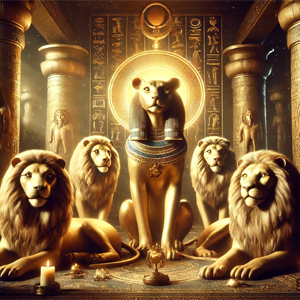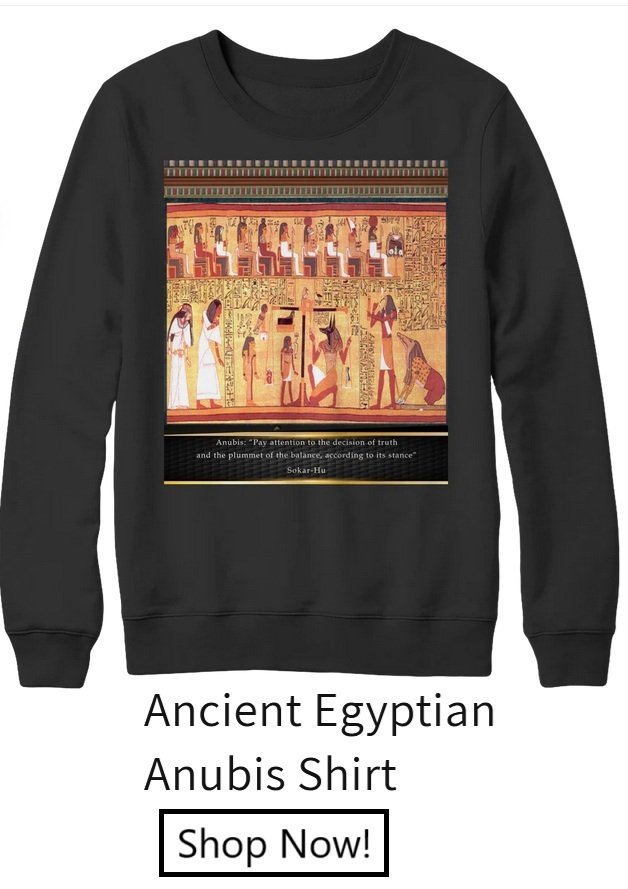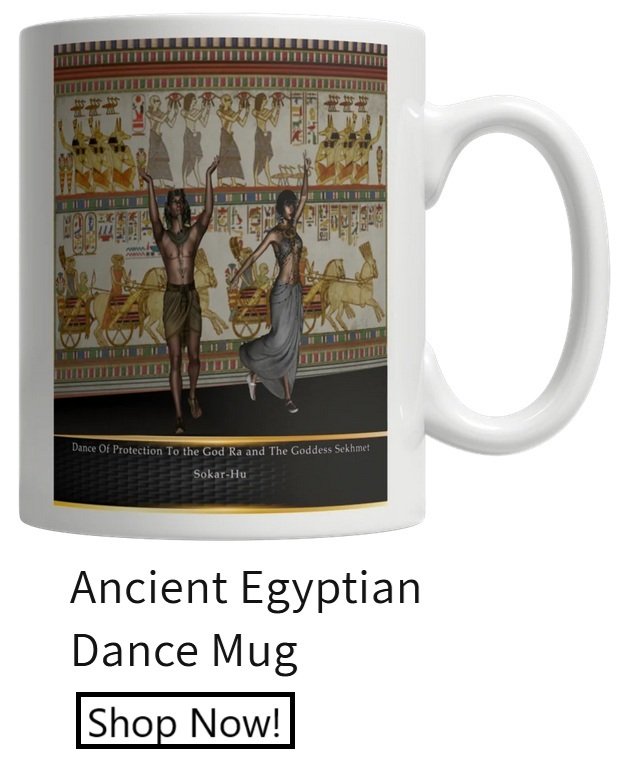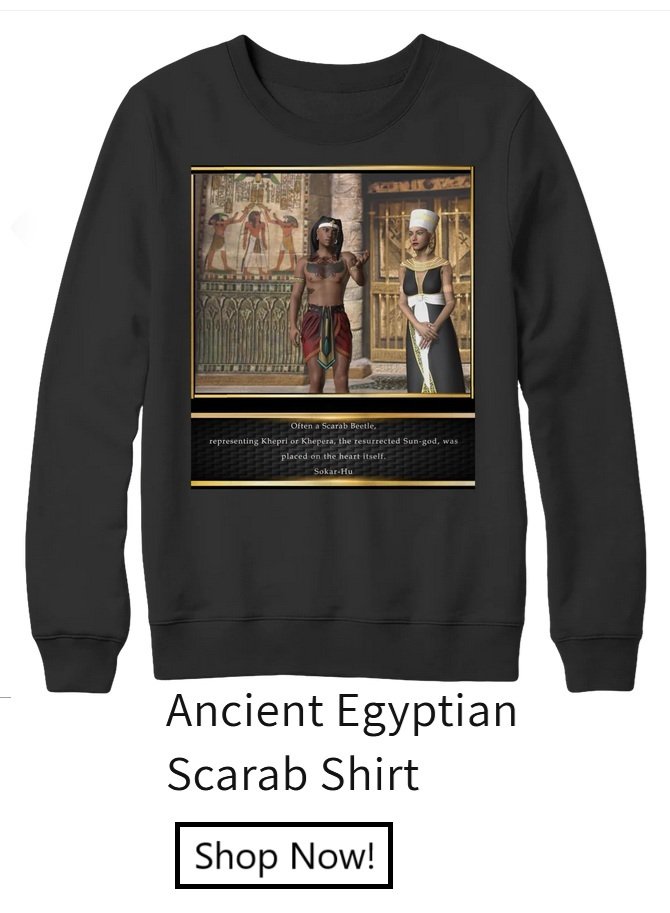 In the golden sands of ancient Egypt, where the sun blazed as a fiery eye above the Nile, tales of gods and creatures mingled with the lives of the people. It was in these lands that the people worshiped Sekhmet, the lion-headed goddess of war, healing, and fierce protection. Sekhmet, daughter of Ra, was known to carry the power of the sun itself, a force of destruction and life, and her lions roamed the land as symbols of her strength and vigilance.
In the golden sands of ancient Egypt, where the sun blazed as a fiery eye above the Nile, tales of gods and creatures mingled with the lives of the people. It was in these lands that the people worshiped Sekhmet, the lion-headed goddess of war, healing, and fierce protection. Sekhmet, daughter of Ra, was known to carry the power of the sun itself, a force of destruction and life, and her lions roamed the land as symbols of her strength and vigilance.
In one of Egypt’s oldest villages, there lived a young temple scribe named Menna, who was chosen to serve Sekhmet. Like many, Menna had grown up hearing the stories of the goddess—of how she defended Egypt from the forces of chaos and how her rage could scorch the lands if she was displeased. But as he entered the grand temple in Memphis, he was struck not by fear but by the serene aura that surrounded the statue of Sekhmet, a golden lioness crowned with the solar disk, her gaze fierce yet somehow protective.
The high priest, an elderly man named Neferhotep, told him, “Sekhmet is powerful, yes, but she is also our protector. She is not only the wrath of the sun; she is the warmth that gives life.” With these words, Menna began his journey as a temple scribe, where he would learn the sacred stories of Sekhmet and her sacred lions.
The Legend of Sekhmet’s Transformation
One evening, as the sun dipped below the horizon, painting the sky in fiery shades of orange and purple, Neferhotep gathered the temple scribes to recount the myth of Sekhmet’s transformation. He spoke of Ra, the sun god, who created Sekhmet to unleash his vengeance upon those who disobeyed the gods. Sekhmet, in her rage, transformed into a lioness and swept through the land with such fury that the earth trembled under her paws.
“But what the gods did not foresee,” Neferhotep continued, “was the compassion that would grow in Sekhmet’s heart as she saw the people of Egypt suffering. She began to see herself not only as a weapon but as their protector.”
The people, believing her wrath to be unending, offered her gifts and prayers, hoping to pacify her rage. According to the tale, Ra transformed the Nile into a river of red beer to soothe her, and as she drank, her fury subsided. From that day, Sekhmet was not just a force of destruction but a guardian of the people, an entity who could bring both devastation and healing. Her lions became symbols of her dual nature, embodying both fierce protection and serene watchfulness.
Lions as Sacred Symbols
As he grew into his role, Menna came to understand why lions were so sacred to Sekhmet and her followers. The lion was no ordinary creature in Egypt. It was both feared and revered for its power and grace. Menna learned that the pharaohs themselves kept lions within palace grounds, a testament to their own might and the divine protection of Sekhmet.
One day, while preparing a prayer scroll, Menna noticed a small statue of a lion beside the altar. When he asked Neferhotep about it, the old priest said, “We believe that Sekhmet’s lions guard us, even in the quietest moments. They are watchful protectors, eyes always open to the dangers around.”
In Egypt, lions were thought to be fierce yet compassionate protectors, like Sekhmet herself. As word of Sekhmet’s protective powers spread, families began to honor smaller feline creatures, especially cats, as sacred protectors in their homes. Cats were believed to carry a piece of Sekhmet’s spirit, guarding households from misfortune and illness.
The Tale of the Golden Lion
One night, a caravan of travelers arrived at the temple. Among them was an old merchant who spoke of a legendary lion known as the “Golden One.” This lion, he claimed, was blessed by Sekhmet herself and wandered the lands, appearing only to those in dire need. The Golden One, with eyes that blazed like fire, was said to be a beacon of the goddess’s strength, guiding lost travelers to safety and protecting villages from desert bandits.
Young Menna was captivated by the tale. He imagined Sekhmet’s lion, standing proud beneath the starlit skies, its eyes glowing with divine light. From that day, he made it his mission to etch Sekhmet’s lions into every scroll and prayer he transcribed. His devotion to her sacred animals grew, and he began to see lions not only as fearsome beasts but as symbols of guidance, strength, and resilience.
In honor of Sekhmet’s lions, the temple priests held a grand festival each year. Statues of lions were decorated with gold and jewels, offerings were laid at the paws of Sekhmet’s image, and stories of her lions’ bravery and wisdom were shared among the people.
The Enduring Legacy of Sekhmet’s Feline Guardians
As the years passed, Menna saw the respect for Sekhmet’s feline guardians grow among Egyptians. The love for lions extended to cats, who were kept not only in temples but in households, revered as protectors who bore Sekhmet’s spirit. Egyptians believed that these sacred felines were channels for Sekhmet’s divine protection, keeping illness, evil spirits, and misfortune at bay.
When Menna became a high priest, he continued the traditions that honored Sekhmet’s lions, ensuring that each new scribe learned the stories he had cherished. To him, the lions were more than symbols; they were guardians of life itself, bridging the worlds of the mortal and the divine.
Conclusion
The myth and symbolism of Sekhmet’s sacred lions hold a timeless place in ancient Egyptian culture, reminding us of the delicate balance between power and compassion. These guardians of the divine represented both fierce protection and a nurturing spirit, teaching the people of Egypt that strength and gentleness could coexist. Through the legacy of Sekhmet’s lions, the Egyptians found both reverence and comfort, a reminder that even the fiercest force in the universe had a heart that watched over them.




 In the golden sands of ancient Egypt, where the sun blazed as a fiery eye above the Nile, tales of gods and creatures mingled with the lives of the people. It was in these lands that the people worshiped Sekhmet, the lion-headed goddess of war, healing, and fierce protection. Sekhmet, daughter of Ra, was known to carry the power of the sun itself, a force of destruction and life, and her lions roamed the land as symbols of her strength and vigilance.
In the golden sands of ancient Egypt, where the sun blazed as a fiery eye above the Nile, tales of gods and creatures mingled with the lives of the people. It was in these lands that the people worshiped Sekhmet, the lion-headed goddess of war, healing, and fierce protection. Sekhmet, daughter of Ra, was known to carry the power of the sun itself, a force of destruction and life, and her lions roamed the land as symbols of her strength and vigilance.